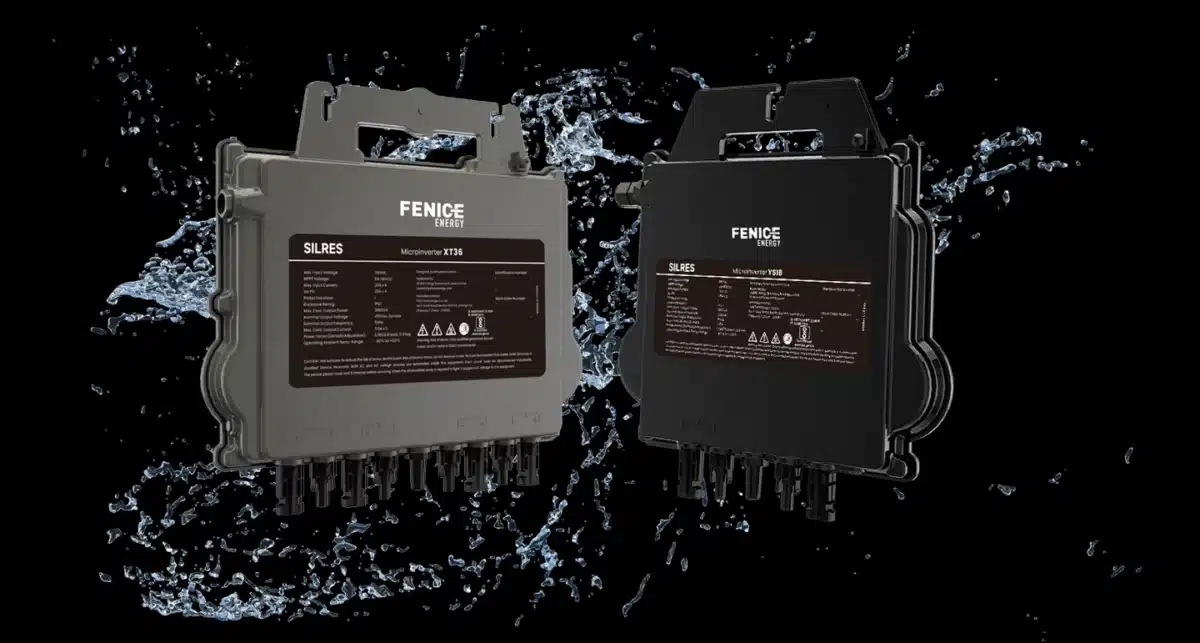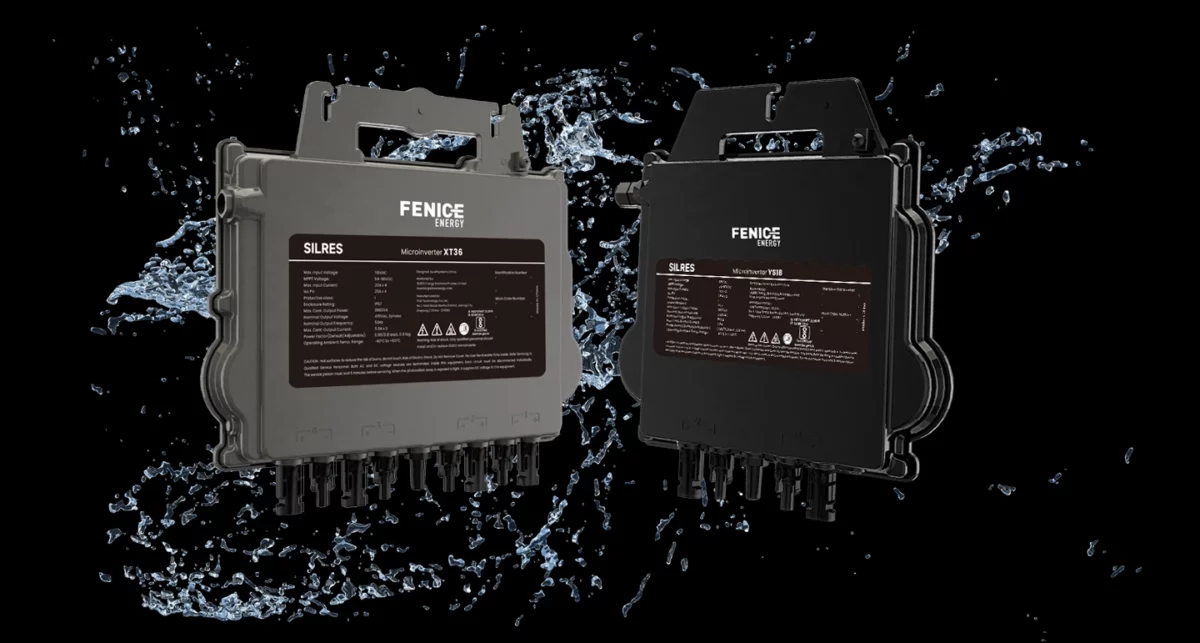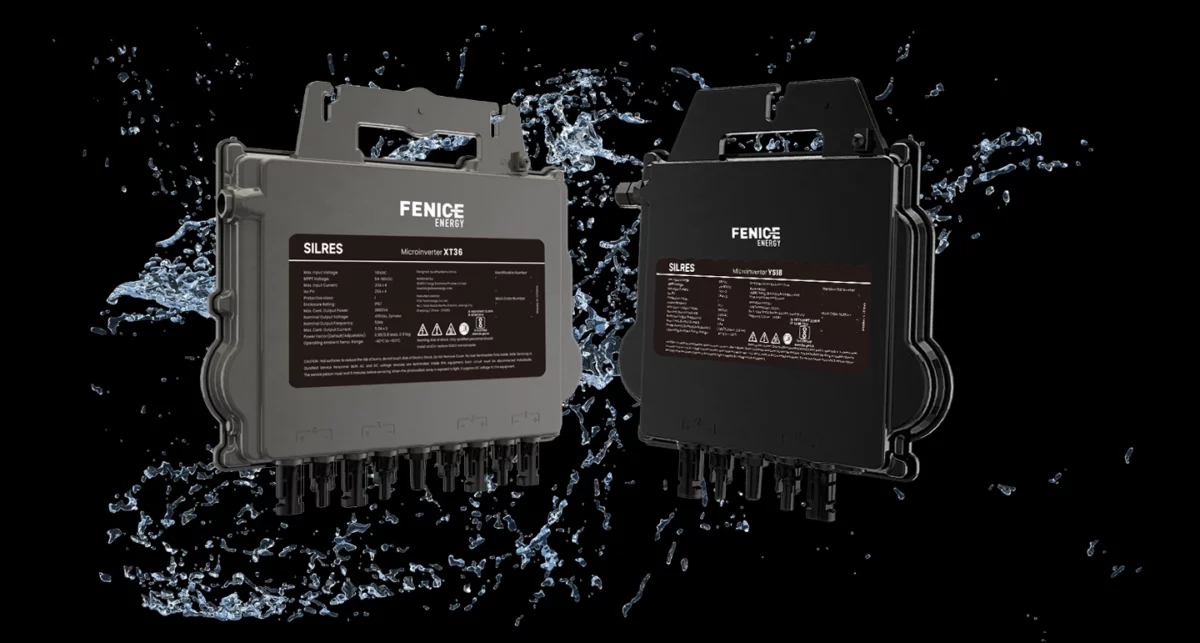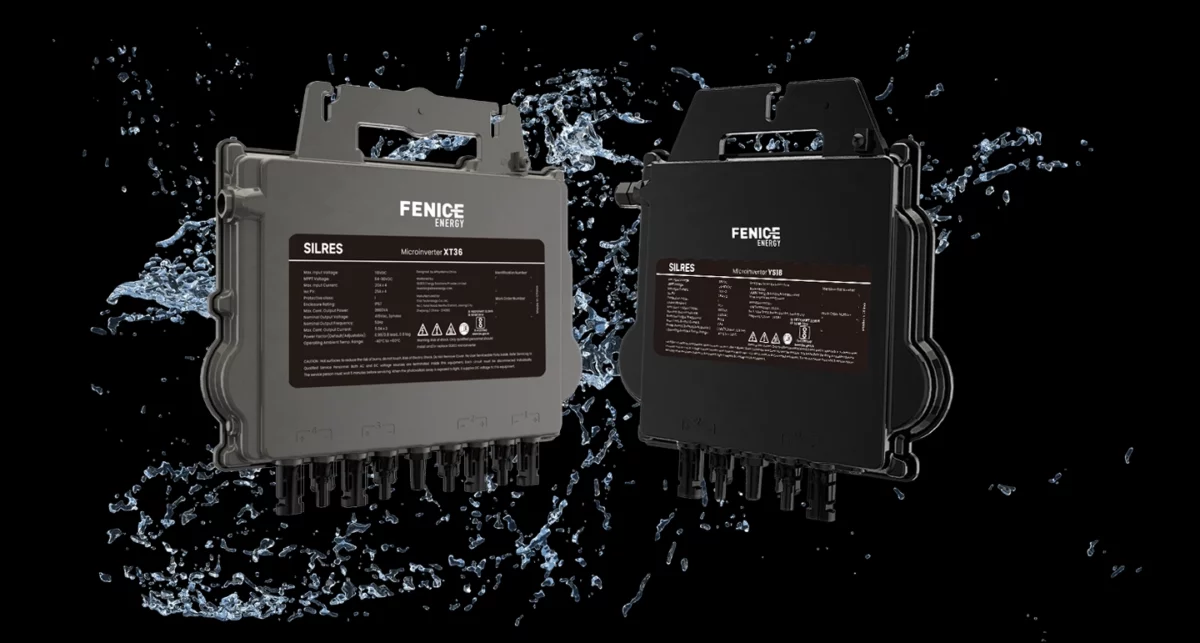Revolutionizing Solar Energy: Exploring the Microinverters
Introduction
In the dynamic landscape of solar energy, technological advancements continually push the boundaries of efficiency and reliability. Among these innovations, microinverters have emerged as game-changers, reshaping the way we harness the power of the sun. In this comprehensive exploration, we will dissect the key components of microinverters, understanding how these devices contribute to the longevity and effectiveness of solar systems.
The Evolution from String Inverters to Microinverters
Traditionally, solar systems employed string inverters, which convert direct current (DC) generated by solar panels into alternating current (AC) for use in homes or businesses. While string inverters have been the backbone of solar installations for years, they are not without their limitations.
String Inverters: A Single Point of Failure
One of the notable drawbacks of string inverters is their vulnerability to a phenomenon known as the “single point of failure.” In a string inverter system, all solar panels are connected in series, meaning that if one panel underperforms or encounters issues, the entire string’s performance is compromised. This limitation could lead to significant energy losses and requires meticulous maintenance to identify and rectify problems promptly.
Enter Microinverters: A Paradigm Shift
Microinverters mark a paradigm shift in solar energy systems. Unlike string inverters that handle the entire solar array, microinverters operate at the module level. Each solar panel in a microinverter system is equipped with its own microinverter, enabling independent and optimized power conversion. Let’s delve into the components that make microinverters a revolutionary force in the solar industry.
Key Components of Microinverters
DC to AC Conversion at the Module Level:
The fundamental purpose of a microinverter is to convert the DC power generated by each solar panel into AC power right at the module level. This individualized approach eliminates the single point of failure issue seen in string inverter systems. Even if one panel experiences shading or malfunctions, the rest of the system operates unaffected.
Power Electronics:
Microinverters leverage sophisticated power electronics to perform the DC to AC conversion. These electronics include high-efficiency semiconductors and capacitors that ensure minimal energy losses during the conversion process. The result is a more efficient and reliable power output from each solar panel.
High Voltage Handling:
Microinverters are designed to handle high voltages, which is crucial for optimizing power production. Higher voltages allow for reduced energy losses during transmission over power lines, ensuring that the electricity generated reaches its destination with minimal waste.
Advantages of Microinverters
Enhanced Energy Harvesting:
By operating at the module level, microinverters ensure that each solar panel performs optimally. This leads to increased energy harvesting, especially in scenarios where shading or panel degradation might affect traditional string inverter systems.
Durability and Longevity:
Microinverters are built to last, often with warranties extending up to 25 years. This longevity is a testament to the robust design and quality components used in their construction. With fewer points of potential failure, microinverter systems offer increased durability and reliability.
Module-Level Monitoring:
Microinverter systems provide detailed, real-time monitoring at the module level. This granular monitoring capability allows for quick identification of underperforming panels, enabling timely maintenance and maximizing the overall efficiency of the solar array.
Microinverters vs. String Inverters: A Comparative Analysis
Module-Level Optimization:
Microinverters shine in scenarios where each solar panel might experience varying conditions, such as shading or different orientations. String inverters, on the other hand, are only as efficient as the least performing panel in the string.
Scalability and Flexibility:
Microinverter systems offer greater scalability and flexibility in system design. Additional panels can be easily added without the constraints imposed by string configurations, providing a modular and adaptable solution for various installations.
Safety Considerations:
Operating at a lower voltage compared to string inverters, microinverters enhance the safety of solar installations. This characteristic makes them particularly suitable for residential applications where safety is paramount.
Conclusion
As we continue to witness the evolution of solar energy technology, microinverters stand out as a transformative force in the industry. By addressing the limitations of traditional string inverters and offering a more efficient, reliable, and scalable solution, microinverters have become integral components in modern solar systems.
With warranties extending up to 25 years and the ability to optimize power production at the module level, microinverters are not just components; they are catalysts for the widespread adoption of solar energy.
As we look to a future powered by sustainable and clean energy, the role of microinverters in shaping that future cannot be overstated. Their individualized approach to power conversion is not just a technological leap; it’s a giant leap towards a greener and more sustainable energy landscape.












 In the previous article, we have defined some environmental factors that solar installers are stressed over. During the rainy season, installers are concerned about the storms and lightning impacts as they are the major calamitous failure of the solar panel system. The time and cost incurred in repairing the damage due to the indirect and direct strikes are high, hence prior protection against these damages is worth the investment. The article below describes some of the easy techniques that one can implement to protect against these damages.
In the previous article, we have defined some environmental factors that solar installers are stressed over. During the rainy season, installers are concerned about the storms and lightning impacts as they are the major calamitous failure of the solar panel system. The time and cost incurred in repairing the damage due to the indirect and direct strikes are high, hence prior protection against these damages is worth the investment. The article below describes some of the easy techniques that one can implement to protect against these damages. But don’t worry! We take steps to help avoid lightning damages to the PV system. Risk analysis and protection against lightning must be done according to the IEC standard (we have further described the IEC standards for protection against lightning strikes) at the designing stage.
But don’t worry! We take steps to help avoid lightning damages to the PV system. Risk analysis and protection against lightning must be done according to the IEC standard (we have further described the IEC standards for protection against lightning strikes) at the designing stage. Do we need to install other protective equipment to protect against lightning?
Do we need to install other protective equipment to protect against lightning?

 Lightning rods are placed on the building top and are connected to the ground, they help in preventing the surrounding atmosphere from the static charges. In the case of lightning, the developed high current will pass to the ground directly.
Lightning rods are placed on the building top and are connected to the ground, they help in preventing the surrounding atmosphere from the static charges. In the case of lightning, the developed high current will pass to the ground directly.